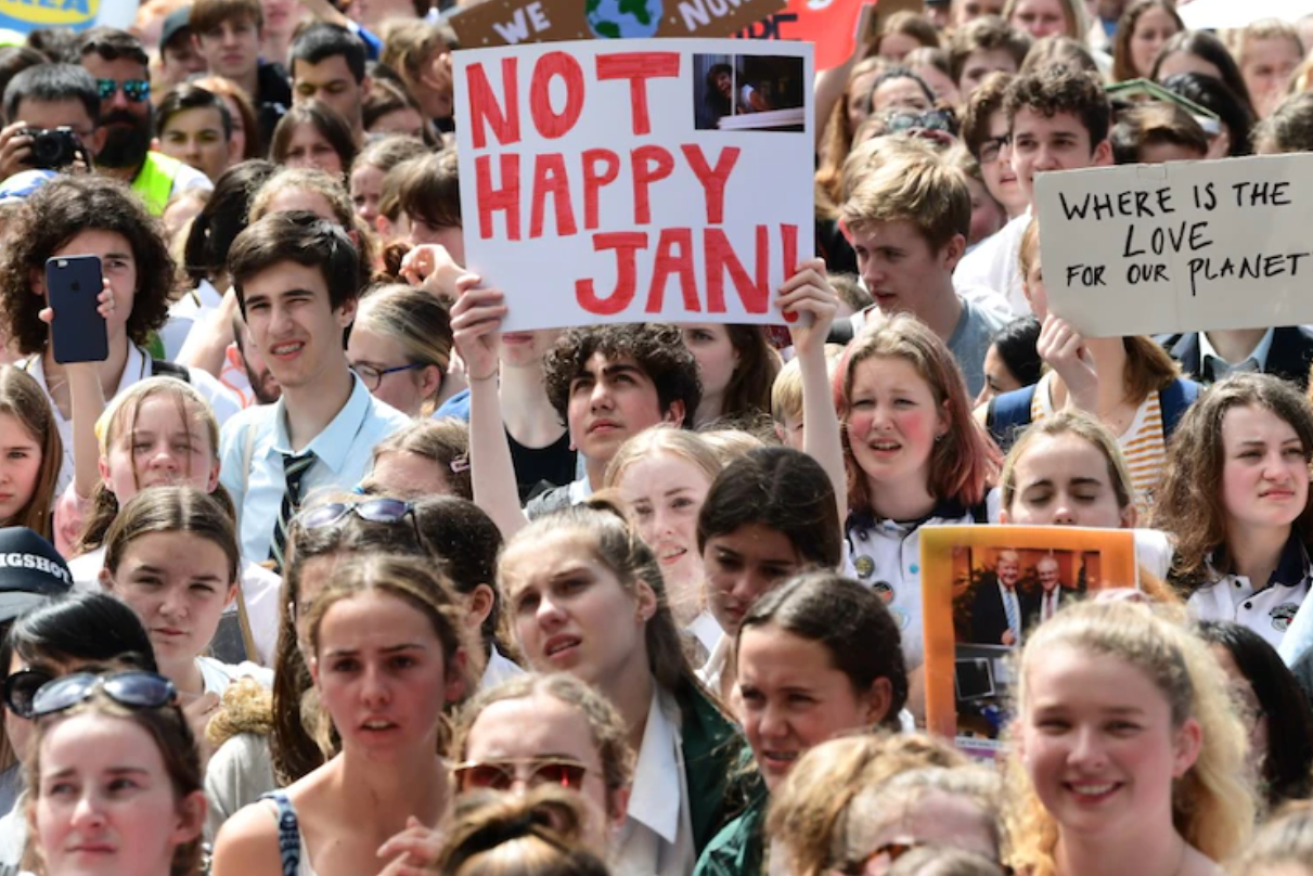Back with your parents or into a share house: Grim options for cash-strapped 20s
The weight of cost-of-living pressures has been enough to prompt young people to move back in with their parents or in to sharehouses to save on bills and food.

Young voters have been enrolling to vote in record numbers of the past few weeks. (AAP image).
Those in their mid- to late-20s continue to bear the brunt of high rents and other elevated living expenses and are pruning their spending far more than their older peers.
The cohort has cut spending by more than seven per cent in the year to March when adjusted for inflation, based on analysis of de-identified Commonwealth Bank transaction data.
While a cut to discretionary purchases is unsurprising in a strained financial environment, those in their 20s were also spending less on essentials at about the same rate.
Sharp declines were recorded across health insurance, utilities and spending at the supermarket for the group.
Author of the new cost-of-living report, CommBank iQ head of innovation and analytics Wade Tubman, said a split was starting to form in the 25-29 cohort – between those still paying bills and those who were not.
Mr Tubman said this suggested young people were finding ways to consolidate those costs, perhaps by moving back in with their parents or by splitting bills in sharehouses.
“This highlights the difficult choices people in this age bracket are making, with some having to make larger lifestyle changes like foregoing their health insurance altogether,” he said.
At the other end of the spectrum, over-65s continued to spend above inflation, especially on activities such as travel and eating out.
Those in the 65-69 age bracket recorded a 4.4 per cent increase in spending over the year to March.
Typically mortgage-free, older Australians have been more insulated from the impact of higher interest rates than some of their younger peers, though are still experiencing rising living costs.
Older Australians could also be supporting their balance sheets by ditching retirement, with Australian Bureau of Statistics data showing 162,000 people who had previously retired re-joining the workforce in the 2022/23 financial year.
KPMG urban economist Terry Rawnsley said most Australians were “un-retiring” to stay engaged with the workforce, but at the lower end of the income distribution scale, people would likely be feeling the challenges of cost of living pressures.












